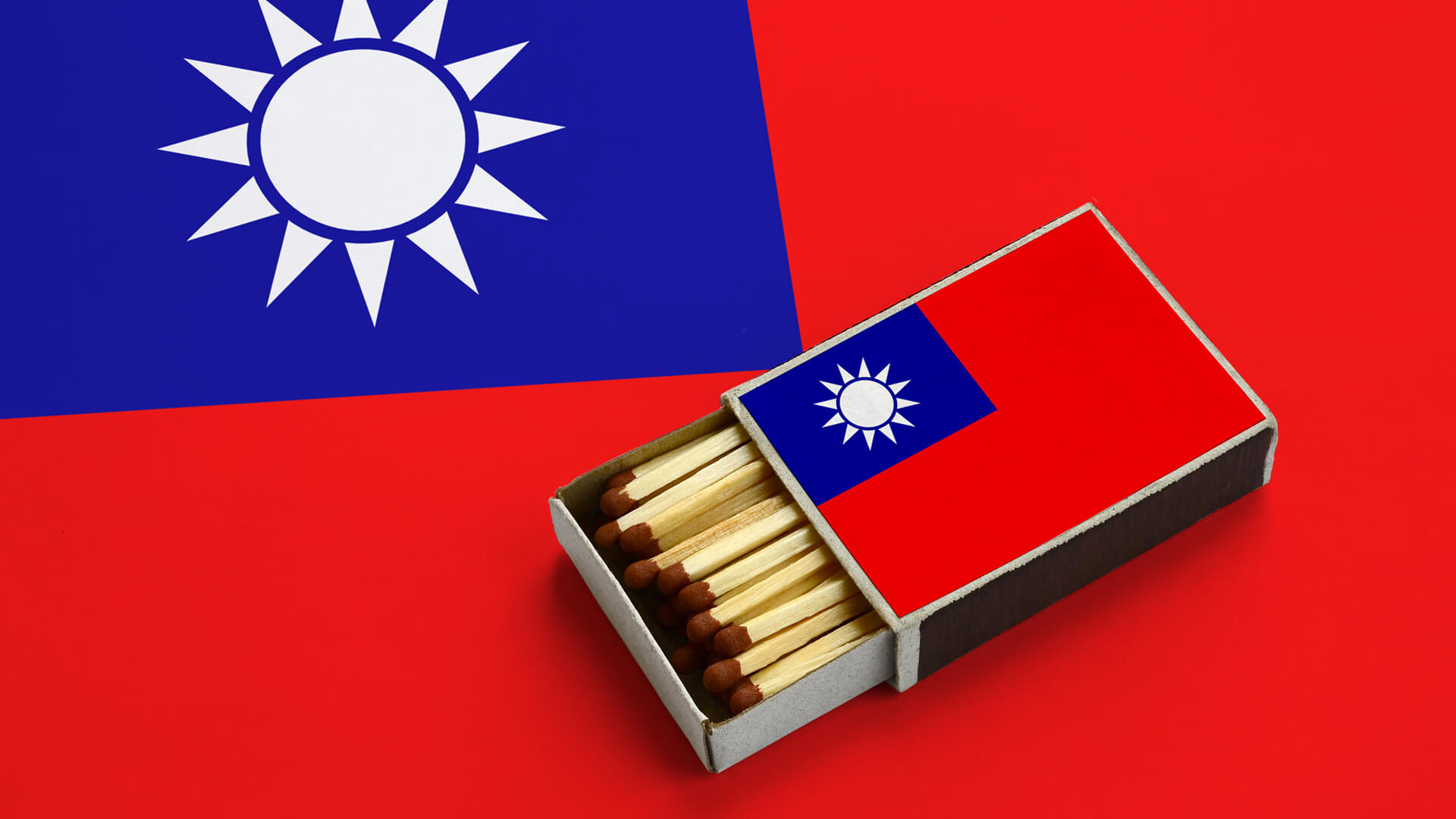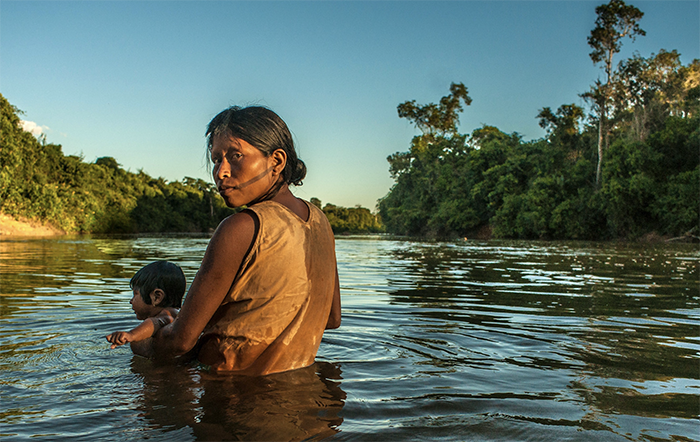
Peter Zeihan: What Would a Conflict in Taiwan Look Like?
Let’s discuss what China’s potential invasion of Taiwan would look like. Should China attack, both Biden and Trump have been explicit that the US would…
Thought Leader: Peter Zeihan

For over 20 years, the ploy to dam the tributaries of the Amazon has been bounced around and finally the idea of damming the Amazon’s tributaries as a solution to Brazil’s energy challenges has won. The walls will go up and the character of this vital ecosystem will be changed forever. See source for photos.
Where I stand on the shores of the Xingu River, just a few miles from the city of Altamira I can see the markers where the main wall of the Belo Monte dam will be built. Across the main waterway of the Xingu, 14 meters or 46 feet high, the dam will muzzle the flow of the river and will create a gigantic lake almost 600 square kilometers or 148 acres in size. When the city of New Orleans, which is roughly that size was flooded after hurricane Katrina, the entire world shrieked in horror. As an equivalent area of Amazonian rainforest is scheduled to be flooded barely anybody outside this area is paying attention.
What the dam will mean to the people who live along the river below the wall is a seasonal state of drought. The thousands of indigenous people and peasants who scratch a living out of the forest and the river will see their main source of drinking water and food dwindle.
More dramatic, however, is the loss of their only means of transportation. There are no roads here and the only way to travel for the vast majority is by boat. Once the flow of river is blocked and the flow diminishes, people will become trapped in their communities. They have no other choice than to relocate. One can sense the fear and the frustration in their faces. The newspapers talk about the government’s plans to compensate, educate and facilitate relocation, but no one has come to these small villages to explain how that process will work.
For the people on the other side of the wall, the threat of seeing their homes under water has finally become a not-so-distant reality. They too will need to relocate somehow. The flood will reach all the way to the city of Altamira and no one is surprised to know that the most vulnerable people are also the poorest inhabitants of the city; the ones that live in the favelas or informal settlements along the river’s floodplain.
Without any services — electricity, running water or sanitation — these people are used to rough conditions and to being marginalized.
They too have heard the promises of compensation for their relocation, but so far no one has come here to ease their fears and certainly no one believes any promises the government is making. They have heard it all before and at this point the only thing that is certain is that they too have no idea of where they will go. They too will need services, food and opportunity to thrive. That means more Amazonian rain forest will need to be deforested to make way for more agriculture, homes, and infrastructure to feed, house and create new jobs for the newcomers.
The indigenous people who live in the interior, some nearby and others hundreds of miles from the construction site, have long opposed the idea of the dam, as they too will be affected. Although some indigenous territories lie outside the area of direct influence of the dam, the thousands of workers that will come to the region to build the dam’s infrastructure will likely stay. They too will need services, food and opportunity to thrive. That means more Amazonian rain forest will need to be deforested to make way for more agriculture, homes, and infrastructure to feed, house and create new jobs for the newcomers.
For decades now, the indigenous people here have been fighting the avalanche of invasion to their lands from illegal logging, mining, cattle ranching and soybean plantations. As more people settle in the area, the pressure on the forest is only going to increase.
Spending time in remote villages in the Amazon, it has always surprised me how little they need not only to survive, but to thrive.
A fishing line, some locally made bows and arrows and a machete are the only tools a head of household in an Indian village needs in order to provide food for his family. It is what they want, but cannot have, that makes them poor; more western clothing, television sets, and more fancy foods like cookies and sugar.
It is understandable for all people to want to improve their lot in life. Buying a mosquito net or seeds to grow vegetables is a legitimate and critical need, especially in a place where diseases like malaria and malnutrition take a heavy toll on the population, but to threaten the very source of all nourishment, transportation and livelihood in exchange for a few bags of beans seems tragic.
There is no stopping this dam now. It has been approved by a short-sighted government that insists this is the only solution to the energy needs of the country. 70 percent of the energy produced by the dam will go to households hundreds of miles away from the Xingu while 30 percent will go to support the mining industry.
There is one major blind spot in this scheme. This dam, which is being built on a river that runs almost dry a large part of the year, will be a very inefficient project—running at 10% of its capacity during the driest months. The energy produced will go to mines that extract resources that are then shipped to other countries, where “things” are manufactured.
Brazil is squandering its future potential in “freshwater and carbon” trading and is shipping raw materials to create jobs elsewhere. Not a very smart strategy for a country that has so much potential.
I suggest that international media starts paying attention to this damming scheme. We all know that this is an inefficient project—one that may be better than a coal or nuclear plant but far from ideal. If you dare follow the money you are likely to find the reason why projects that make no sense from a social or environmental standpoint go through anyway.
So here is my farewell to a wild river. Without a doubt, this will be the beginning of the end of the Amazon region as we know it.
One day we might look back at Brazil’s Amazonian legacy and wonder if they could have done things differently. Until then, the people of the Amazon, the people of Brazil, and the people of the world will be left to deal with the environmental consequences.
Peter Zeihan: What Would a Conflict in Taiwan Look Like?
Let’s discuss what China’s potential invasion of Taiwan would look like. Should China attack, both Biden and Trump have been explicit that the US would…
Thought Leader: Peter Zeihan
Dr. Sanjay Gupta: Rethinking Health Rules We Grew Up With
“Drink your milk,” we are told as children. CNN Chief Medical Correspondent Dr. Sanjay Gupta examines our practice of continuing to drinking cow’s milk as…
Thought Leader: Sanjay Gupta
Erika Ayers Badan: Women in the Workplace Wake-Up Call
This headline somehow feels both shocking and completely unsurprising. The McKinsey and Lean In Women in the Workplace study is out, and the takeaway is…
Thought Leader: Erika Ayers Badan

